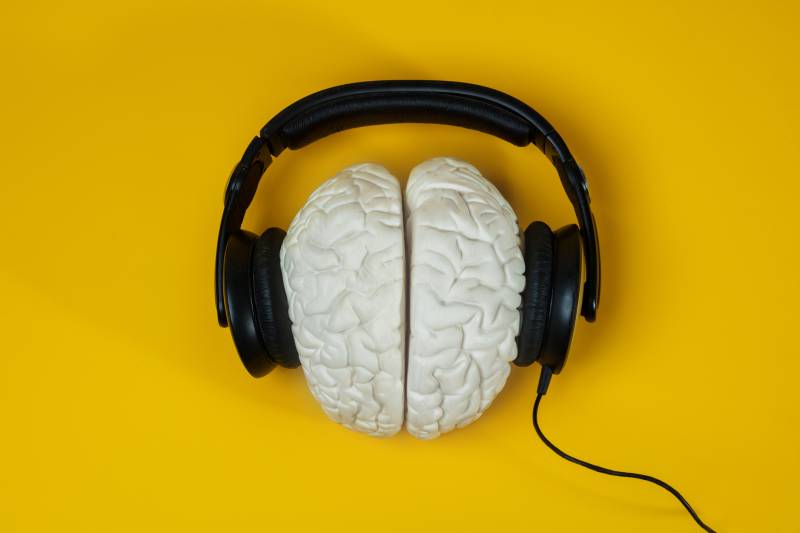It’s no surprise that loud, unwanted sounds can be disruptive and even damaging to ears. However, even background noise like the air conditioning running, the refrigerator humming and delivery vans idling outside can be cause for concern. According to Nina Kraus, a neurobiology professor at Northwestern University who studies sound, ongoing noises that people claim to “tune out” are unlikely to harm ears, but they can still have a profound effect on the brain.
Repeated exposure to noisy environments has many negative impacts including increased stress, problems with memory and difficulty concentrating, writes Kraus in her book “Of Sound Mind: How Our Brain Constructs a Meaningful Sonic World.”
Students’ developing brains are particularly susceptible to noisy environments. A study on New York City public schools showed that students in a classroom facing loud train tracks had lower reading levels than students in a classroom shielded from the noise. Learners in the room exposed to the sounds of the trains were on average three to eleven months behind their peers. When the New York Transit Authority installed padding on the railroad tracks and the school made updates to the classroom to reduce the noise, the reading level disparity disappeared.
Repeated exposure to noise doesn't just affect language tasks like reading, it also has a negative impact on students’ ability to do visual tasks, such as recalling images or concentrating on objects. In one experiment, researchers asked subjects to track a moving ball on a computer with a mouse while other balls moved around the screen. Those who were exposed to long-term noise had more difficulty completing the task.
“There are sounds that people think of as being safe, but they really aren't, ” says Kraus. “Even if we're not paying attention to noise, it is having an effect on us and it is having an effect on us on multiple levels. And one is very much our ability to think.”
Sonic Solutions for the Classroom
With lockers slamming and chatty students, educators can’t have complete control over the sounds in a school. Yet opportunities to reduce noise can be found all around the school building. “There are so many noises that we do have a choice about,” says Kraus, who urges schools to become more aware of the sounds that students are encountering every day and consider which sounds they can eliminate or reduce.


